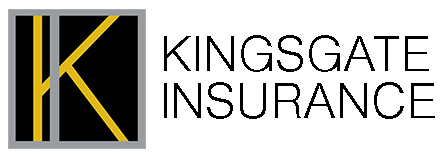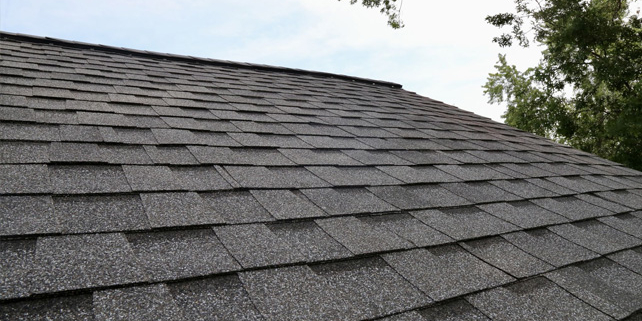Maximizing Savings on Roof Replacement with Insurance: A Homeowner’s Guide
When it comes to home maintenance, replacing your roof is one of the most significant and costly undertakings. However, with the right knowledge and strategies, you can leverage your homeowner’s insurance to significantly offset these expenses. This guide will walk you through the essentials of roof replacement and how to maximize your savings with insurance.
Understanding Your Insurance Coverage
First and foremost, it’s crucial to understand what your homeowner’s insurance policy covers. Most policies include coverage for roof damage caused by unexpected events such as storms, fires, or falling objects. However, damages due to wear and tear or lack of maintenance are typically not covered.
Key Points to Check in Your Policy:
- Coverage Limits: Know the maximum amount your insurance will pay for roof repairs or replacement.
- Deductibles: Be aware of the deductible amount you’ll need to pay out of pocket before insurance kicks in.
- Exclusions: Understand what types of damage or conditions are not covered by your policy.
Assessing Roof Damage
Before filing a claim, assess the extent of the damage. If the damage is minor, it might be more cost-effective to pay for repairs out of pocket. However, for significant damage, an insurance claim can help cover the majority of the replacement costs.
Steps to Take:
- Document the Damage: Take clear photos and videos of the damaged areas. This will be essential for your insurance claim.
- Temporary Repairs: If necessary, perform temporary repairs to prevent further damage, but keep receipts as these expenses might be reimbursed.
Filing an Insurance Claim
Once you’ve assessed the damage and decided to proceed with an insurance claim, follow these steps:
- Contact Your Insurance Company: Notify your insurer as soon as possible to start the claims process.
- Submit Documentation: Provide all necessary documentation, including photos, videos, and any receipts for temporary repairs.
- Schedule an Adjuster Visit: The insurance company will send an adjuster to inspect the damage and estimate the repair costs.
Working with Roofing Contractors
After your claim is approved, it’s time to choose a roofing contractor. Here’s how to ensure you get the best value:
- Get Multiple Estimates: Obtain quotes from several reputable contractors to compare prices and services.
- Check Credentials: Verify that the contractor is licensed, insured, and has positive reviews.
- Discuss Insurance: Ensure the contractor is experienced in working with insurance claims and can help you navigate any complexities.
Maximizing Your Savings
Here are additional tips to maximize your savings on roof replacement:
- Negotiate with Contractors: Don’t hesitate to negotiate the quote provided by your chosen contractor. They might offer discounts or additional services.
- Energy-Efficient Upgrades: Consider upgrading to energy-efficient roofing materials. Some insurance companies offer discounts for these upgrades, and you may qualify for tax credits.
- Regular Maintenance: To avoid future issues, invest in regular roof maintenance. This can extend the life of your roof and reduce the likelihood of costly repairs.
Understanding Depreciation and Replacement Cost
Insurance policies generally cover either the actual cash value (ACV) or the replacement cost value (RCV) of your roof. Understanding the difference is key:
- ACV: Covers the cost of your roof minus depreciation. You may end up paying more out-of-pocket.
- RCV: Covers the full replacement cost of your roof without depreciation deduction, which is often more beneficial.
Preventing Future Roof Damage
Preventative measures can save you money in the long run. Here are some tips:
- Regular Inspections: Have your roof inspected annually by a professional.
- Clean Gutters: Ensure gutters and downspouts are clear to prevent water damage.
- Trim Trees: Keep trees trimmed to avoid branches falling on your roof.
Conclusion
Replacing your roof is a major investment, but with the right approach, you can significantly reduce your costs through insurance. By understanding your policy, carefully documenting damage, and working with reputable contractors, you can ensure a smooth process and maximize your savings. Regular maintenance and preventative measures will further protect your investment, ensuring your home remains safe and secure for years to come.
Remember, the key to navigating roof replacement with insurance is being informed, proactive, and diligent. With these strategies, you can turn a daunting task into a manageable and cost-effective project.
4o







Leave a Reply
Want to join the discussion?Feel free to contribute!